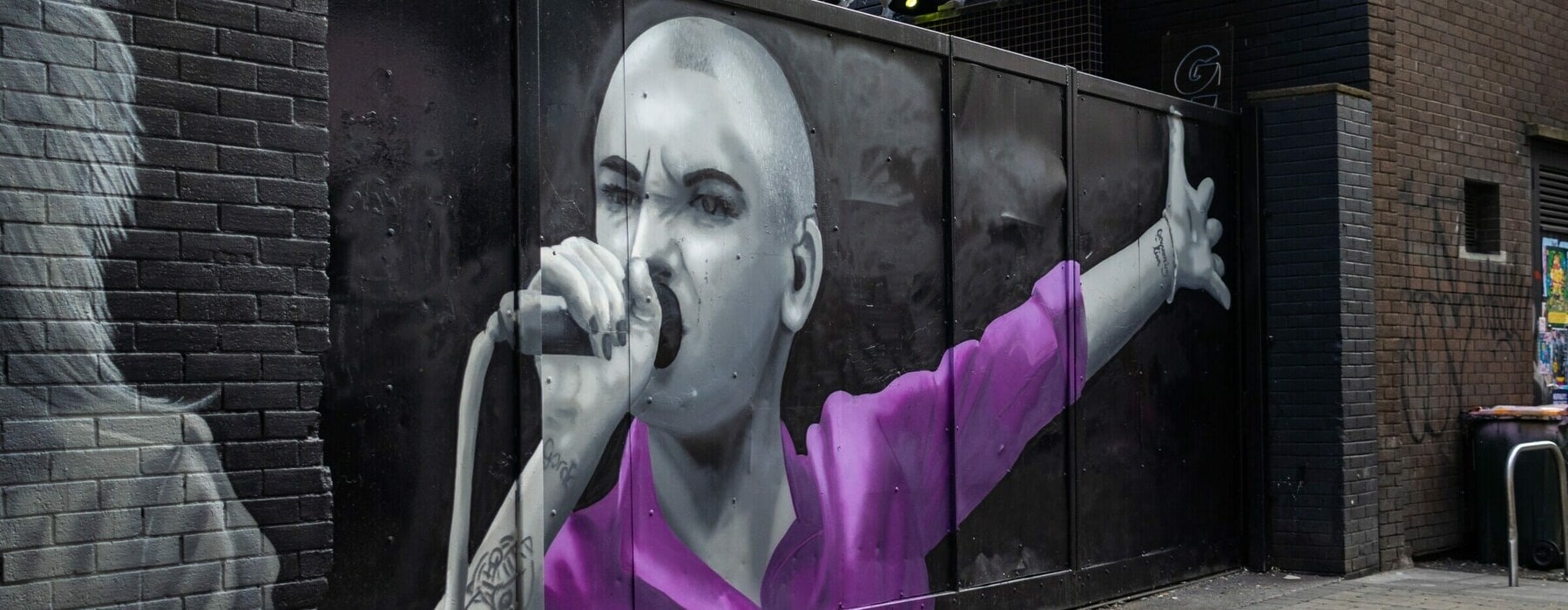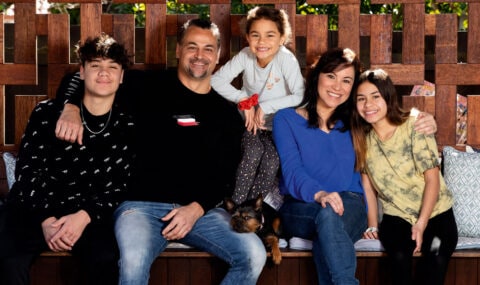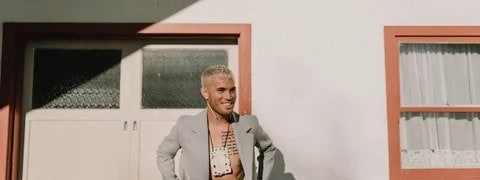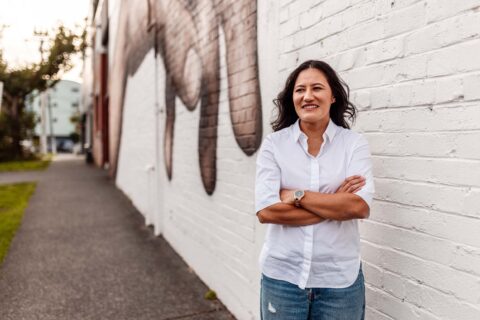As a late 80s and early 90s teen, I searched for role models of women who were doing things differently and breaking the mould.
Sinead O’Connor was one such woman. Shaved head. Unusually beautiful. Opinionated and outspoken. She didn’t care what other people thought or said, but later in life this vitriol can catch up with you.
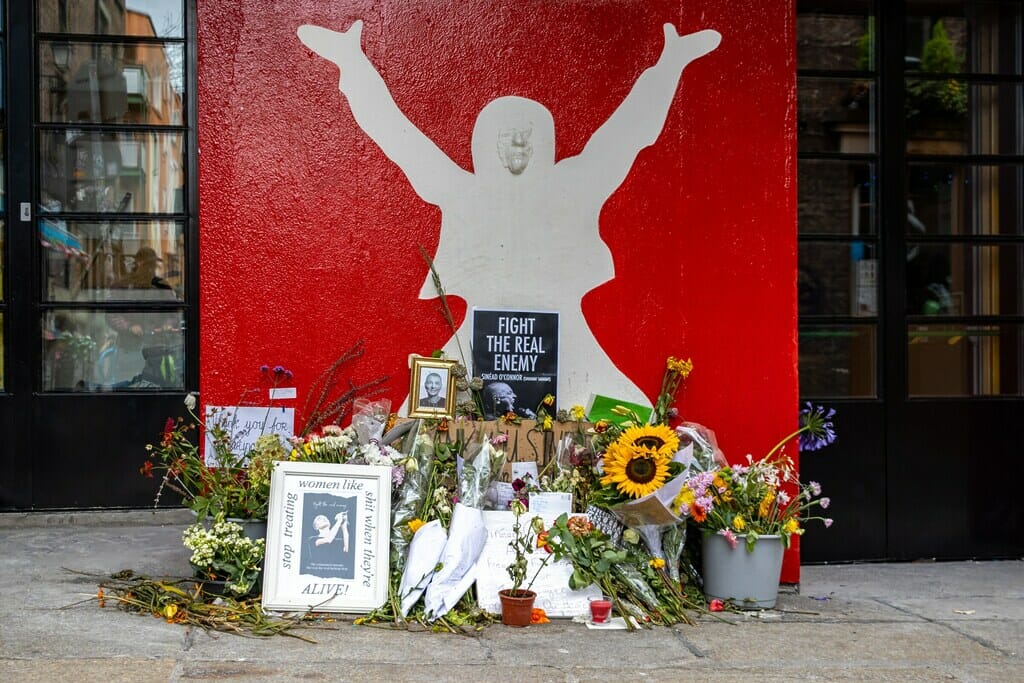
Since You Took Your Love Away
Rewatching the music video of Nothing Compares to you, we see deeply into her soul through her eyes as they go from softness to sadness, to anger. She didn’t write the song, of course, Prince did, but I had always wondered who she was thinking about when she sang this song. In an interview with Piers Morgan on BBC in 2019 she admits that she thinks about her mother. Learning about the abuse she suffered in her childhood, before her mother died in a car accident gave new meaning to the words in the song “since you took your love away” and that a daughter can continue to love their mother no matter what kind of love they give you, or how much they hurt you, “nothing compares”.
Her music lives on many of my Spotify playlists, something I apparently share with over 7 million other monthly listeners across the globe. Friday nights, a glass of wine, and a session of couch-karaoke belting out Sinead songs that, thanks to the lyrics option on Spotify, I now realise I have been singing wrong for thirty years.
To be fair, her death was not really hugely surprising. Sinead O’Connor could well have been part of the “The 27 Club” – joining Kurt Cobain, Jim Morrison, Amy Winehouse, Janis Joplin, and Jimi Hendrix, among others, all of whom died at the age of 27. It was not that she lived a life of hedonism, but it was definitely evident that she was troubled not just by the world we live in, but extreme personal trauma – something that only came out in the past five years.
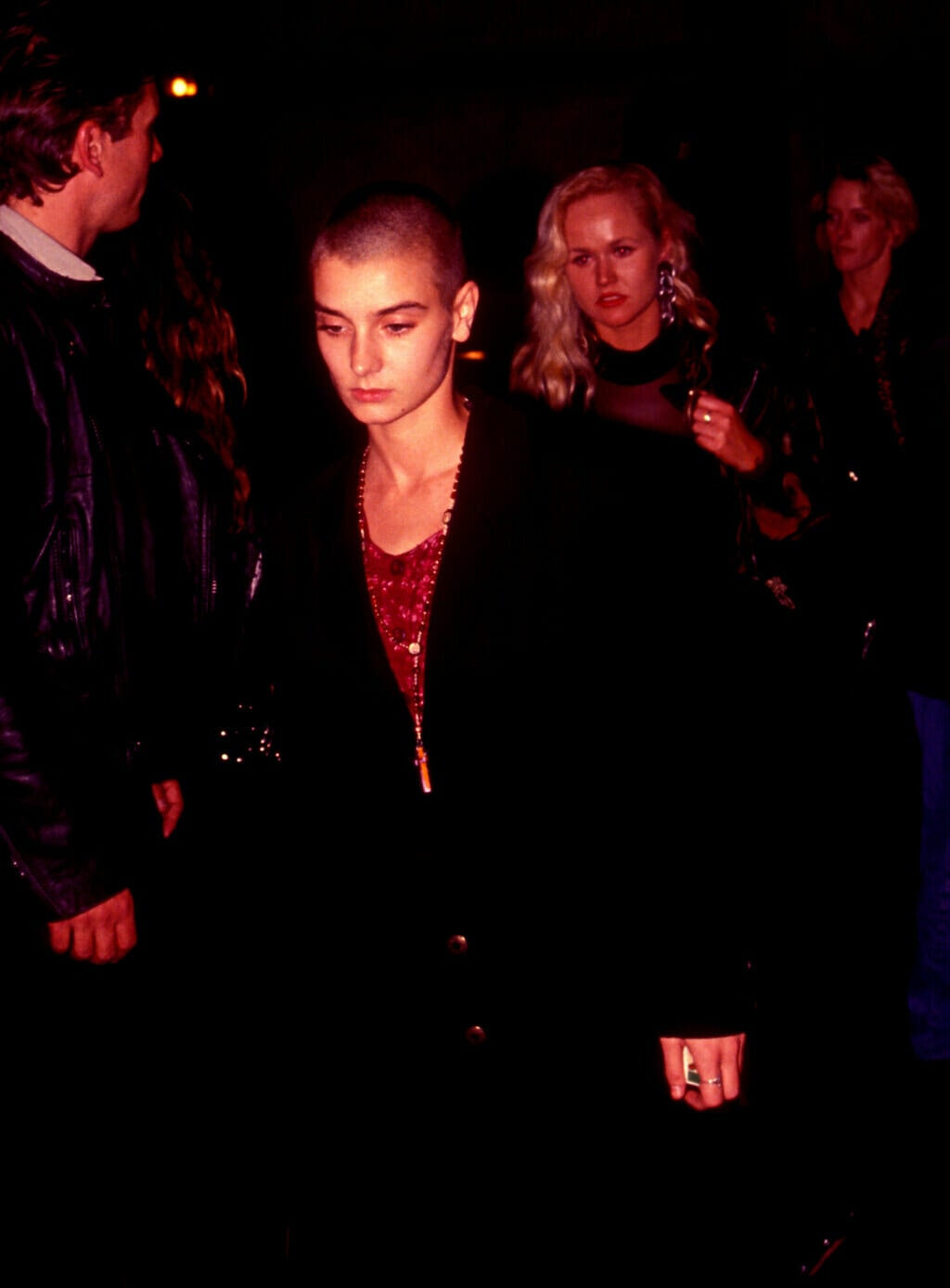
Polarising From The Start
Sinead was famously polarising from the start – her views and sentiments best captured in this very awkward interview with Arsenio Hall In 1991. She refused to attend the Grammy Awards because it celebrated “material success” above talent. She also refused to allow the American National Anthem to be played at her concerts. And it was in this interview that she first alluded to what would become her most personal cause in life when she said about the world, “we abuse our children in every way possible.”
One of her most polarising moments was when she tore up a picture of the Pope in front of the camera on Saturday Night Live in 1992 after singing a very sombre-sounding a cappella version of Bob Marley’s protest anthem ‘War’.
“My intention had always been to destroy my mother’s photo of the pope,” she wrote in her book, Rememberings, “it represented lies and liars and abuse.” At the time she was making a statement about the abuse children were suffering as Catholics in Ireland and globally. This statement sent shockwaves and alienated many of her fans.
She Ran A Torture Chamber
It was only in her late forties that she came out about the personal abuse she suffered as a child. “She ran a torture chamber,” Sinead says in her 2017 interview with Dr Phil where she opened up about her mother’s abuse of her and her siblings. “She was either a sadist and a paedophile, or she was possessed by the devil” she says. She describes how her mother wanted her to be a boy. Shaved her head and physically trampled on her stomach to destroy her reproductive organs. In one scene she describes how her mother takes a phone call whilst this is taking place, and has a happy casual chat with a friend with her foot firmly on Sinead’s vagina. Her mother taunts her with a smile telling her to repeat “I’m nothing”, “I’m nothing”. It’s heart-wrenching to listen to this interview. In the interview, Dr Phil asks; if you had one minute with your mother again, what would you say? She says she would throw her arms around her and never let go; “I love you, I love you, I miss you so bad, my life has been terrible.”
Much like when she sings “Nothing compares to you”; it’s this concept of ‘a mother’ that you never let go of, no matter how badly she treated you. Then you get to your own later years as a woman, and somehow you look back with even more empathy and forgiveness.
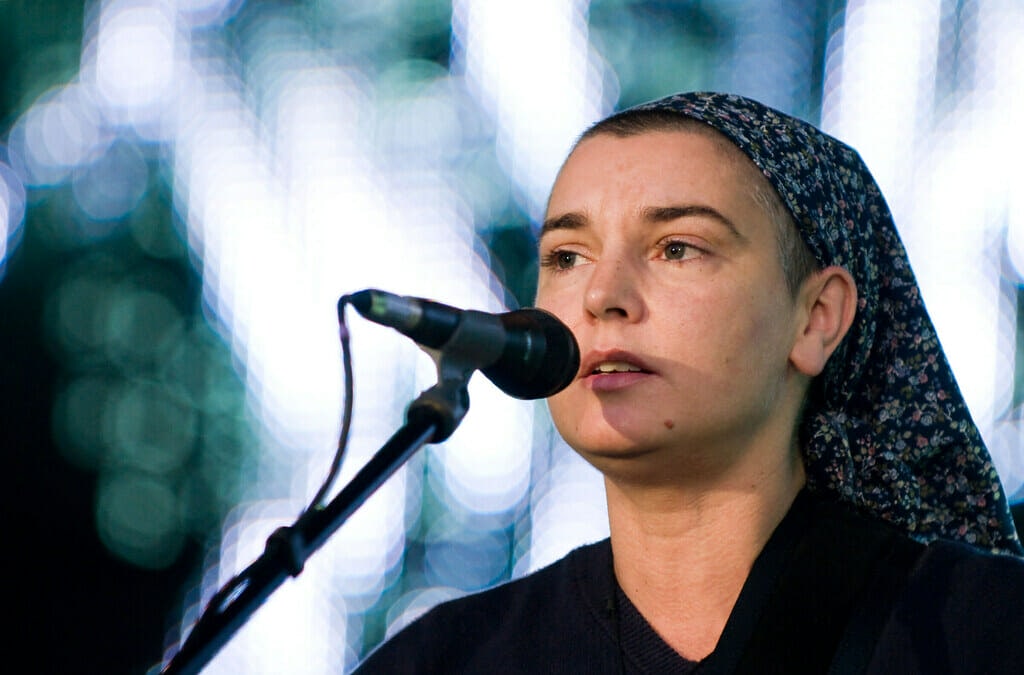
Fire On Babylon
Initially, Sinead was diagnosed with bipolar disorder, but when these stories began to unfold, all her previous diagnoses were attributed to PTSD.
However, in 2015, she was given a radical hysterectomy to relieve chronic endometriosis which put her straight into full-blown menopause at the age of 48. She says she left the hospital with some paracetamol and no knowledge or discussions about the possible need for HRT (hormone replacement therapy). This set her off on a five-year journey to hell and back where she spent up to four to six months in mental health institutions.
“I think everyone needs to break down at least once in life,” she says reflecting on her soul-destroying public video she made in a hotel room in 2017 as a cry for help from her friends and family. “I’m 10% bipolar, 40% complex traumatic stress, and the rest is a borderline personality disorder,” she says in her memoir Rememberings.
All Apologies
In March 2020, Sinead O’Connor made a bit of a comeback, but this time as Shuhada’ Sadaqat in a Muslim hajib. In an interview and documentary of her tour across the United States in March 2020, she tells The Washington Post that she had come out of hospital with “8000 Quid in her bank account and needed to do something.” She told the interviewer she wanted to write new material, and not write about the previous five years of darkness. Sadly her sell-out tour was cancelled due to COVID, and she instead spent the time on self-healing and writing her book Rememberings.
This interview goes deeply into her state of mind less than three years before her death. They talk about the healing process of something they call radical acceptance. It’s a distress tolerance skill that is designed to keep pain from turning into suffering. A process of acceptance, but not approval of the pain. Accepting with your mind, body and spirit that we cannot change the past and the facts, but we can radically accept the things that are out of our control to prevent ourselves from becoming stuck in unhappiness, bitterness, anger, and sadness. This can help us stop the suffering.
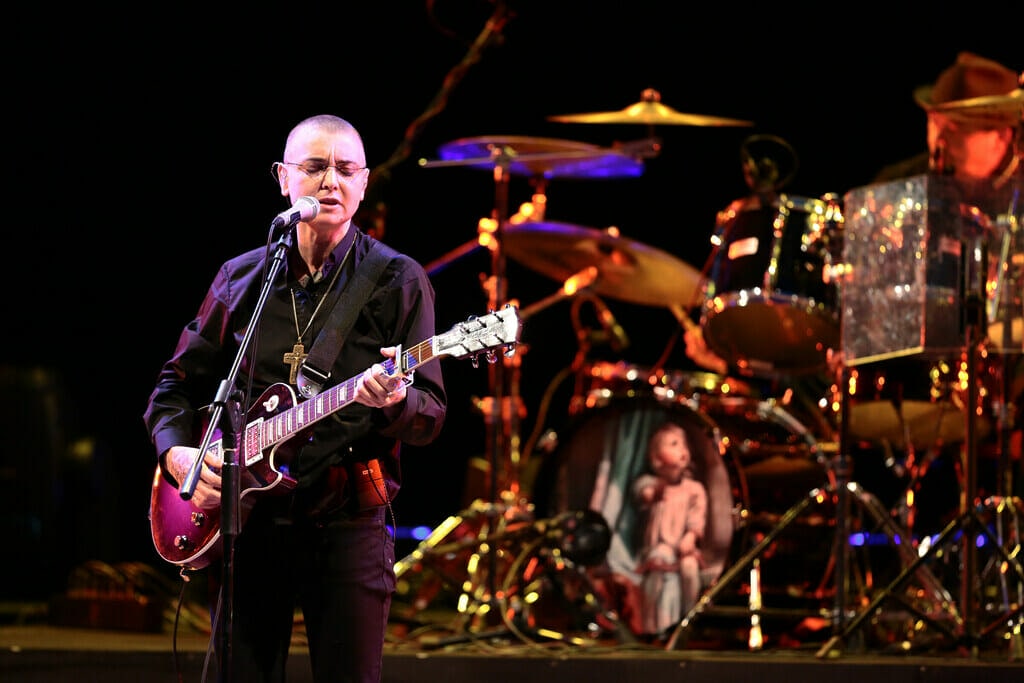
Lost In The Bardo*
Yet her suffering didn’t end there. Last year in 2022 Sinead’s son Shane committed suicide. She describes herself as “living as an undead night creature.” she says, “He was the love of my life, the lamp of my soul. We were one soul in two halves. He was the only person who ever loved me unconditionally. I am lost in the Bardo* without him [sic].”
Reaching out to the world so publically on Oprah and Dr Phil was something of a final desperate call for help for Sinead. She likely had no agenda or idea as to what these confessions would do to fix anything and perhaps they made things worse for her.
It’s been ten days since she passed, and my search for the reason has led me to all this information that deeply saddens me, but not an exact cause of death. She died inside so many times in her 56 years of ups and downs. A story so many of us can relate to; a daughter’s love for her abusive mother. A mother’s loss of her child. The struggles so many women face and endure with endometriosis, premenstrual dysphoric disorder (PMDD) and menopause. The alienating state of mental health underpinned by a deep sadness for the world around you.
Rest in peace, Sinead. We hope you transition from the Bardo to a better life, but continue to use your music to speak to us with empathy, understanding and compassion.
This will not be the last day of our acquaintance.
*The Bardo is a Buddhist state between life and death where your being can get stuck roaming endlessly before being reborn.
Related Article: Susie Cave On Grief And Her Close Connection To New Zealand

